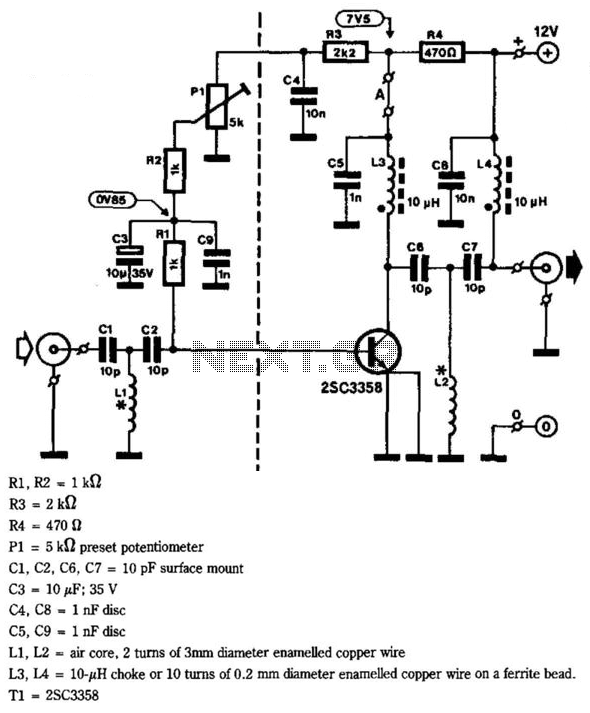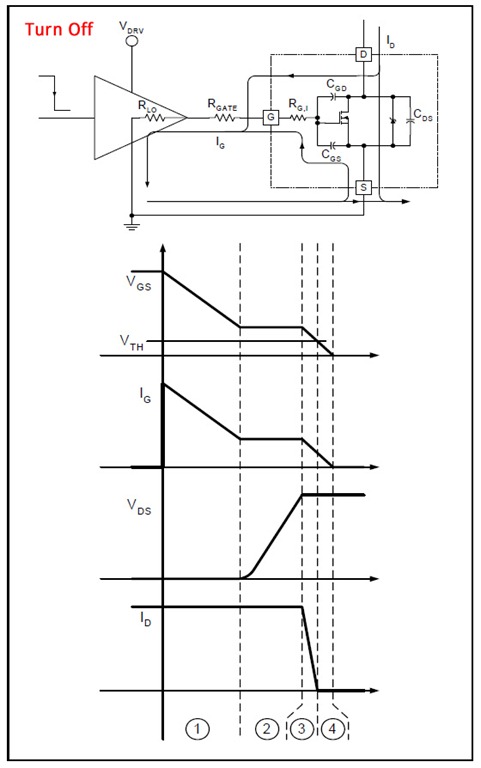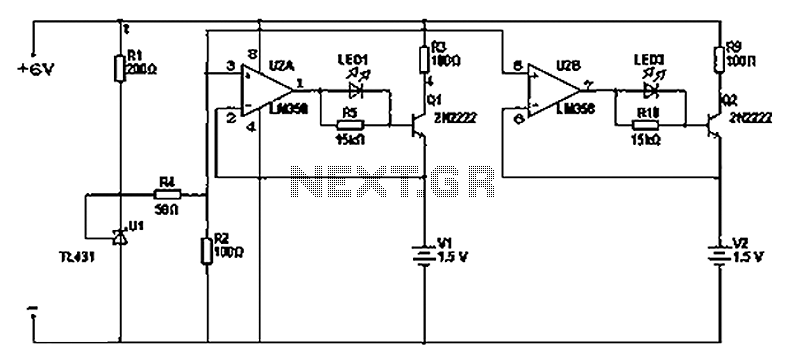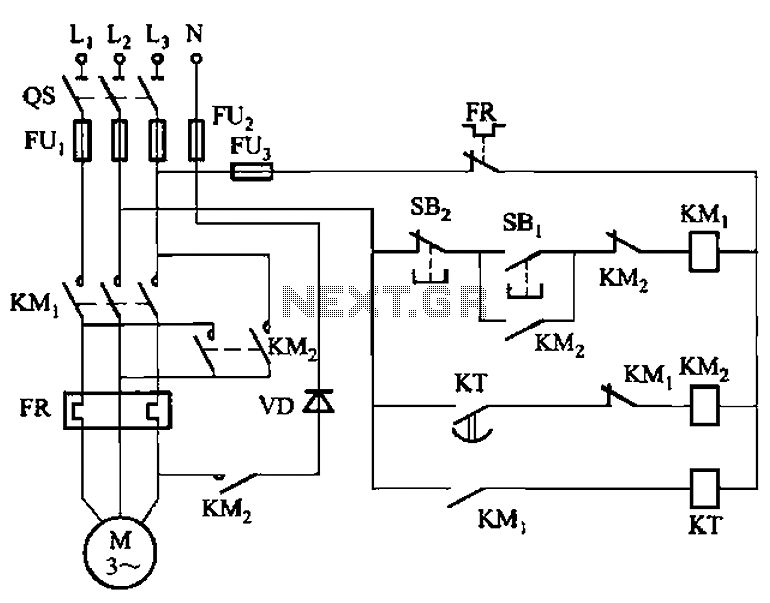
Line Following Robot
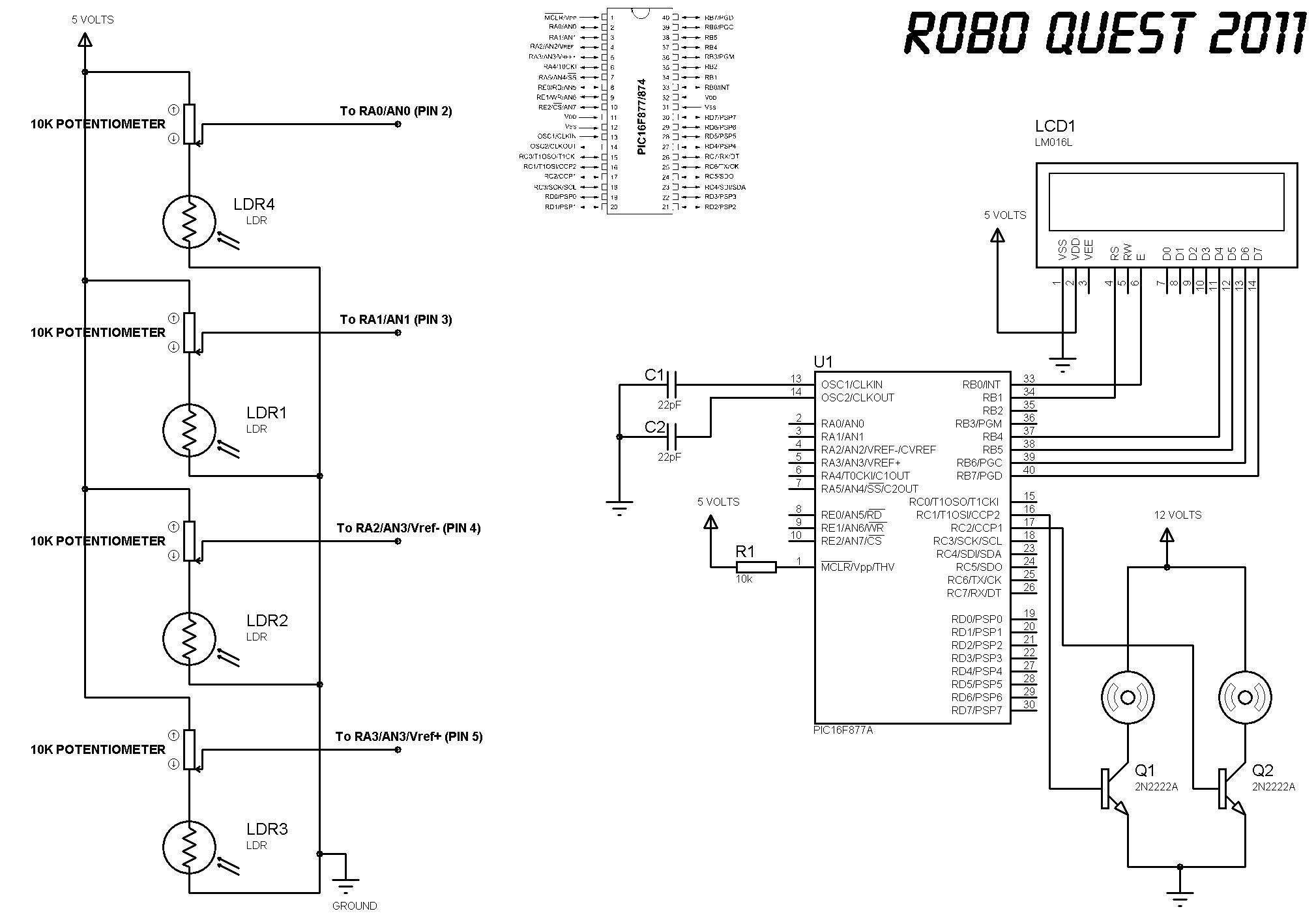
Lectures on line following robots consist of multiple sessions, including Lecture 1 (a), Lecture 1 (b), and Lecture 1 (c). A concept diagram is provided for a 1 cm line following robot, along with a schematic for a robot utilizing five sensors. Essential software for coding and programming includes PIC C Compiler, Proteus, and PIC PGM. Additionally, components required for a robot with three sensors are specified, including a PIC16F877A microcontroller and a 20 MHz crystal.
Lectures on line following robots cover various aspects of designing and implementing robotic systems that can autonomously follow a designated path. The initial lectures introduce fundamental concepts, including the operational principles of line following robots and the importance of sensor integration.
The concept diagram for a 1 cm line following robot illustrates the layout and functionality of the robot, emphasizing the role of sensors in detecting the line. A schematic for a robot equipped with five sensors is provided to demonstrate how multiple sensors can enhance the robot's tracking accuracy and responsiveness to line deviations.
The recommended software tools, such as the PIC C Compiler, allow for the development of firmware that controls the robot's behavior, while Proteus provides a simulation environment for testing the circuit designs before physical implementation. PIC PGM is essential for programming the PIC microcontroller, enabling the user to upload the compiled code directly to the hardware.
For the construction of a simpler robot using three sensors, the specified components include the PIC16F877A microcontroller, which serves as the brain of the robot, processing sensor input and controlling motor outputs. The inclusion of a 20 MHz crystal oscillator ensures stable clock frequency operation, critical for maintaining timing accuracy in the microcontroller's operations.
This comprehensive approach to the design and implementation of line following robots provides a solid foundation for further exploration and development in robotics and automation technologies.LECTURES on LINE FOLLOWING ROBOT Lecture 1 (a) Lecture 1 (b) Lecture 1 (c) Concept Diagram (1cm LINE FOLLOWING) Schemetic for 5 sensors ROBOT SOftwares you guyz would need for coding and programming: PIC C COMPILER PROTEUS PIC PGM Components for a 3 sensors ROBOT !! PIC16f877A Micro Controller - 1 20Mhz crystal. 🔗 External reference
Lectures on line following robots cover various aspects of designing and implementing robotic systems that can autonomously follow a designated path. The initial lectures introduce fundamental concepts, including the operational principles of line following robots and the importance of sensor integration.
The concept diagram for a 1 cm line following robot illustrates the layout and functionality of the robot, emphasizing the role of sensors in detecting the line. A schematic for a robot equipped with five sensors is provided to demonstrate how multiple sensors can enhance the robot's tracking accuracy and responsiveness to line deviations.
The recommended software tools, such as the PIC C Compiler, allow for the development of firmware that controls the robot's behavior, while Proteus provides a simulation environment for testing the circuit designs before physical implementation. PIC PGM is essential for programming the PIC microcontroller, enabling the user to upload the compiled code directly to the hardware.
For the construction of a simpler robot using three sensors, the specified components include the PIC16F877A microcontroller, which serves as the brain of the robot, processing sensor input and controlling motor outputs. The inclusion of a 20 MHz crystal oscillator ensures stable clock frequency operation, critical for maintaining timing accuracy in the microcontroller's operations.
This comprehensive approach to the design and implementation of line following robots provides a solid foundation for further exploration and development in robotics and automation technologies.LECTURES on LINE FOLLOWING ROBOT Lecture 1 (a) Lecture 1 (b) Lecture 1 (c) Concept Diagram (1cm LINE FOLLOWING) Schemetic for 5 sensors ROBOT SOftwares you guyz would need for coding and programming: PIC C COMPILER PROTEUS PIC PGM Components for a 3 sensors ROBOT !! PIC16f877A Micro Controller - 1 20Mhz crystal. 🔗 External reference

